Carpenteria californica
Putting on a gorgeous display, and as rare in the wild as a precious metal, the bush anemone truly is the stuff of legend.
Native to just a single small patch of California, this woody shrub grows up to ten feet in height with an equal spread, and has the drought and wildfire tolerance necessary for surviving SoCal’s unique climate.
Carpenteria californica has beautiful white blooms which attract pollinators, and the evergreen foliage ain’t nothing to sneeze at, either.
Pretty awesome, right? And despite its rarity, it’s not too rare to grow for yourself. This growing guide will show you how.
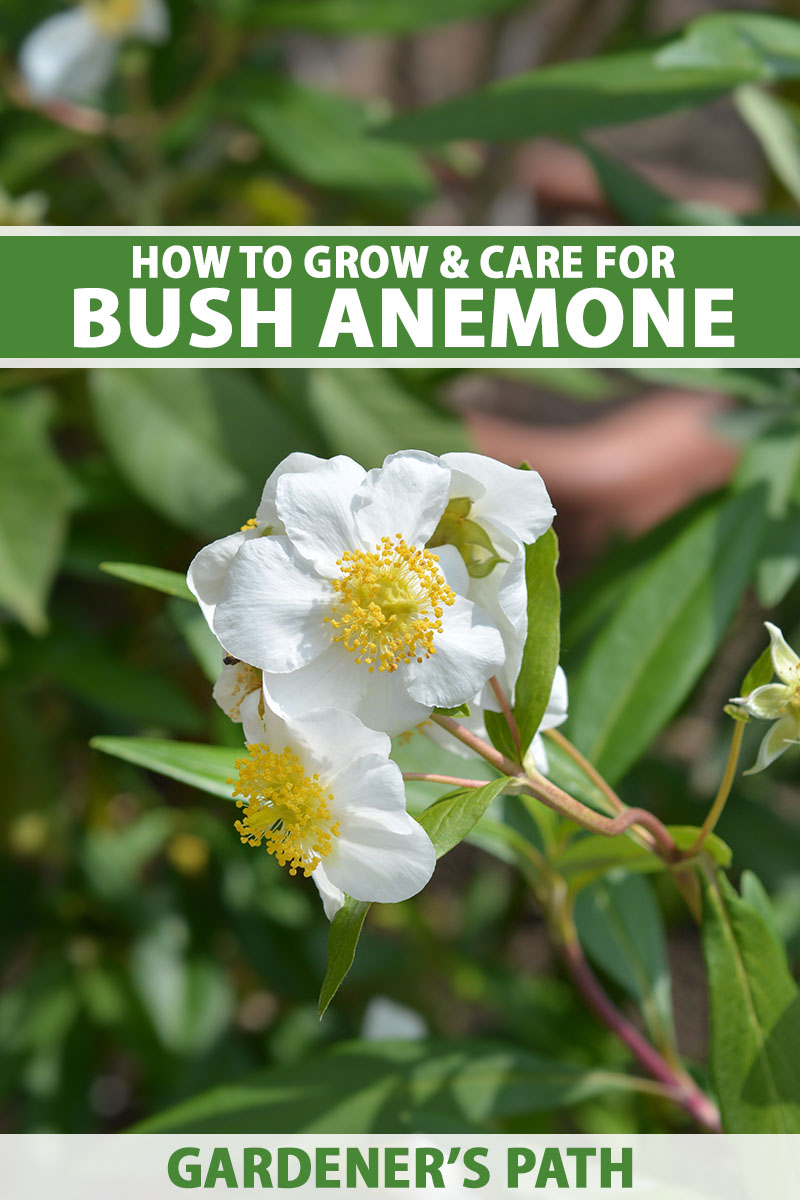
We link to vendors to help you find relevant products. If you buy from one of our links, we may earn a commission.
Now, this shrub has certain conditions that need to be met in order for it to thrive. It’ll also need occasional maintenance to keep it looking sharp.
But diamonds only form as the result of high temperatures and pressure, and even gold needs some polishing now and again.
If you put in the work, combined with the know-how that you’ll gain here, this little slice of Cali will make itself at home in your Zone 8 to 9 landscape just fine.
Here’s the itinerary, people:
What You’ll Learn
What Is Bush Anemone?
Despite their name, bush anemones aren’t actually related to the flowering anemones in the Ranunculaceae family.
C. californica is actually a member of the Hydrangeaceae family, and the only species in the entire Carpenteria genus. It’s a close relative of the similar Philadelphus species, aka the mock oranges.
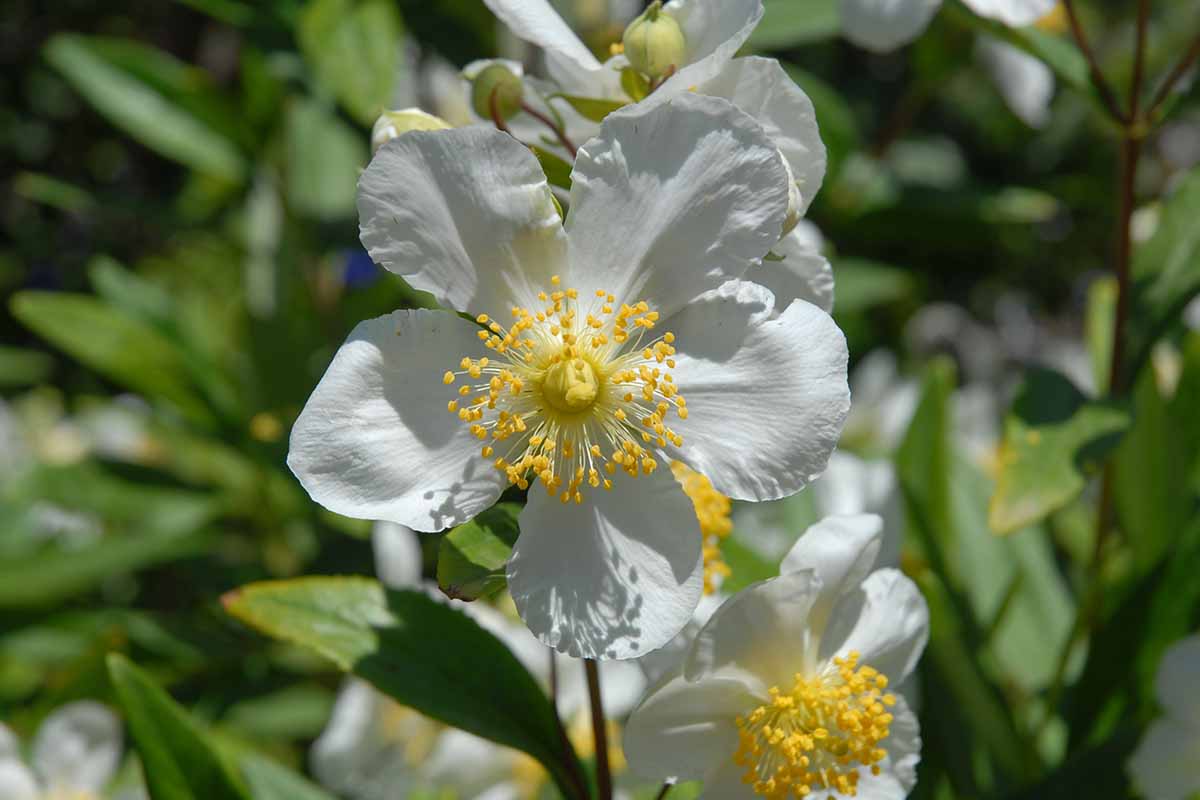
It’s a very rare shrub, endangered in its native habitat today. The only place on Earth where bush anemones naturally occur is the foothills of the Sierra Nevada Mountains near Fresno, California.
At just seven sites located between the San Joaquin and Kings Rivers, these shrubs can be found growing in chaparrals, or groups of shrubs that have evolved to tolerate southern California’s dry summers and damp winters.
C. californica leaves are glossy, oblong, and three to four inches long, with dark green tops and whitish undersides.
The fragrant flowers are two inches in diameter, have white petals and yellow stamens, and bloom in clusters of up to 20 flowers each.
Bush anemone seeds are tiny and reddish-brown in color, and up to a thousand of them are housed within each leathery fruit capsule.
Cultivation and History
As a rare shrub that’s endemic to SoCal, C. californica hasn’t impacted humanity as much as rice, hops, or any other crop you wrote a paper about in World History class.
In fact, until they were described by explorer J. Charles Fremont in the 1840s, they were unknown to all but the natives of what would later become California.
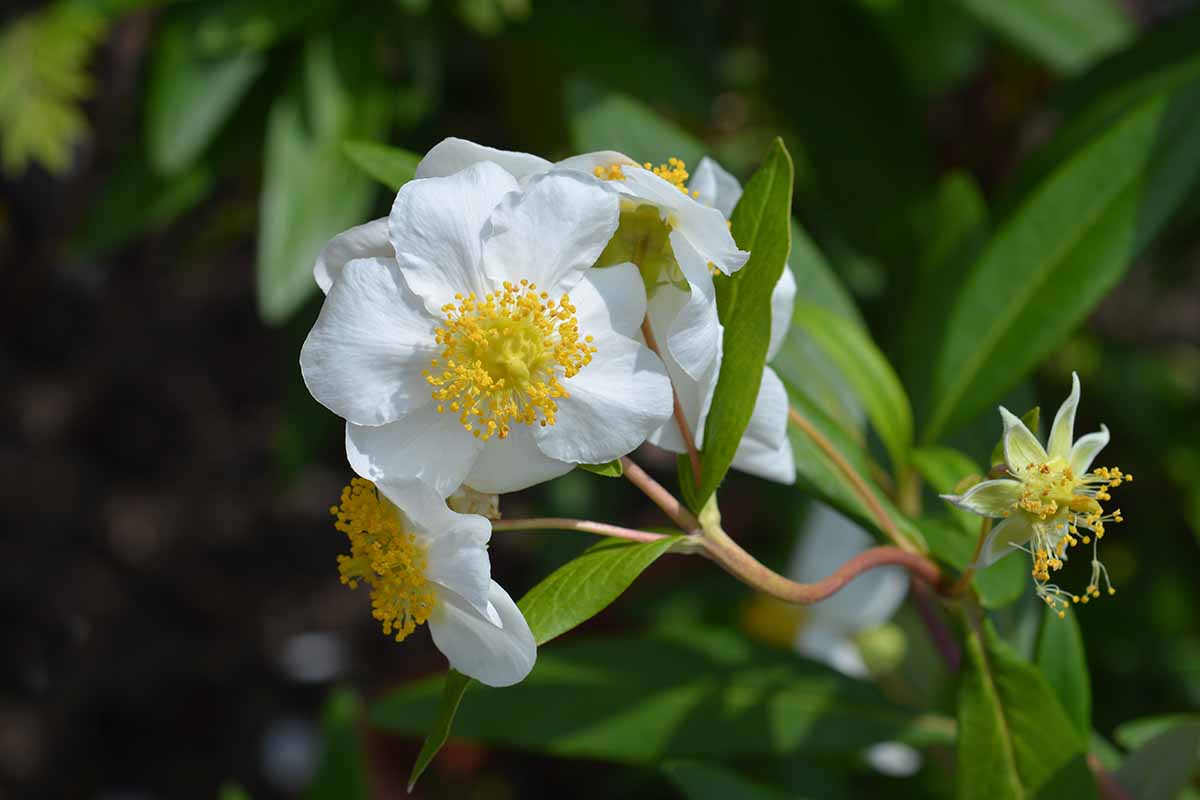
The genus name Carpenteria was chosen in reference to the American botanist William M. Carpenter, while the species name californica is an obvious nod to the plant’s state of origin.
Bush anemones weren’t sold commercially until the 1980s. Nowadays, they’re valued for their showy and fragrant blooms, along with their ornamental leaves.
In addition, drought tolerance and low water requirements make them valuable plantings for gardeners looking to conserve water in drought-stricken areas.
Propagation
Sowing seeds and taking cuttings are the best ways to propagate C. californica.
You’ll also want to know how to transplant into the garden when the time comes, either when propagating at home or if you’re able to track down seedlings or potted specimens from a local plant sale.
From Seed
Before you sow, you’ll need some seeds. Acquiring said seeds is a tall order, given the bush anemone’s rarity, but it is possible.
You can purchase them either online or from specialty plant shops and nurseries. Local native plant societies may be able to point you in the right direction.
Do not collect seeds from the wild.
In winter, prepare a tray of well-draining growing media such as a 50-50 mix of sphagnum peat moss and perlite. Thinly sow the seeds onto the soil surface and lightly tamp them down into the medium.
Keep the seed tray in a bright and indirectly lit place, and gently mist the medium as needed to keep the seeds moist.

The seeds can take anywhere from a week to a month to germinate. When the seedlings get to be an inch or two tall, bottom-water them by placing the seed tray in a larger tray filled with water.
As the seedlings grow, remove the weakest-looking ones if they start to compete for space.
The seedlings should be repotted once they develop a second pair of true leaves. At this point, you can start hardening them off by setting the seedlings outside for 30 to 60 minutes.
Add 30 to 60 minutes of outdoor exposure every day until the seedlings can stand a full day of being outside, at which point they’ll be transplant-ready.
Cuttings
Early in the morning on a spring or summer day, select a four- to six-inch length of stem that has no flowers or fruits attached, and make your cut with a sterilized blade just below a leaf node.
Defoliate the bottom half of the cutting, and dip the cut end into a rooting hormone, such as this IBA powder sold by Bonide that’s available from Arbico Organics.
Bonide Bontone II Rooting Hormone
Prepare a similar tray of growing medium like you would for seed sowing, and stick the defoliated ends into the media. Keep the tray in a bright, indirectly lit space indoors, and keep the soil moist as the cuttings grow and develop.
After two or three new leaves form, this is an indication of substantial root growth, and it’ll be time to harden off the cuttings like you would with seedlings. After that, they’re ready to transplant.
Transplanting
When it’s time for transplanting, select a fertile, well-draining patch of soil in the garden, and dig holes large enough for the root systems of the transplants to fit.
After that, place the transplants into the holes, backfill them with the dug-out soil, then water them in. Keep them well-irrigated until they become established.
How to Grow
Just because C. californica is only native to one area of the country near Fresno doesn’t mean that’s the only place where it can grow.
With the proper site selection and cultivation, you can recreate this patch of southern California’s natural environment in your own garden.
Climate and Exposure Needs
First and foremost, your garden needs to be located in USDA Hardiness Zones 8 to 9. As far as catching rays goes, both full sun and partial shade will work.
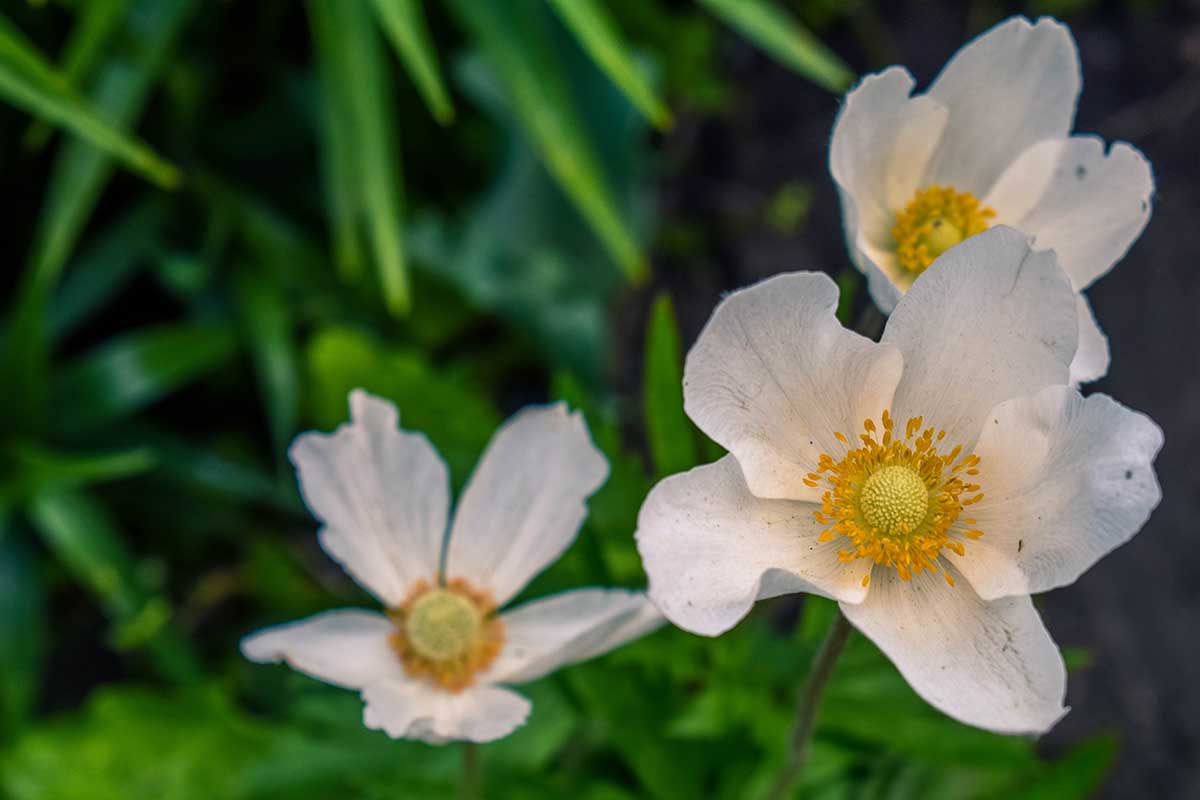
Specifically, you can go with full sun for Zone 8 and partial shade for Zone 9, to provide the ideal mix of light and heat.
Soil and Shelter Needs
Great drainage is all that C. californica requires from the soil. That, and a moderate pH range of 6.0 to 8.0. Otherwise, a variety of soil textures will suffice.
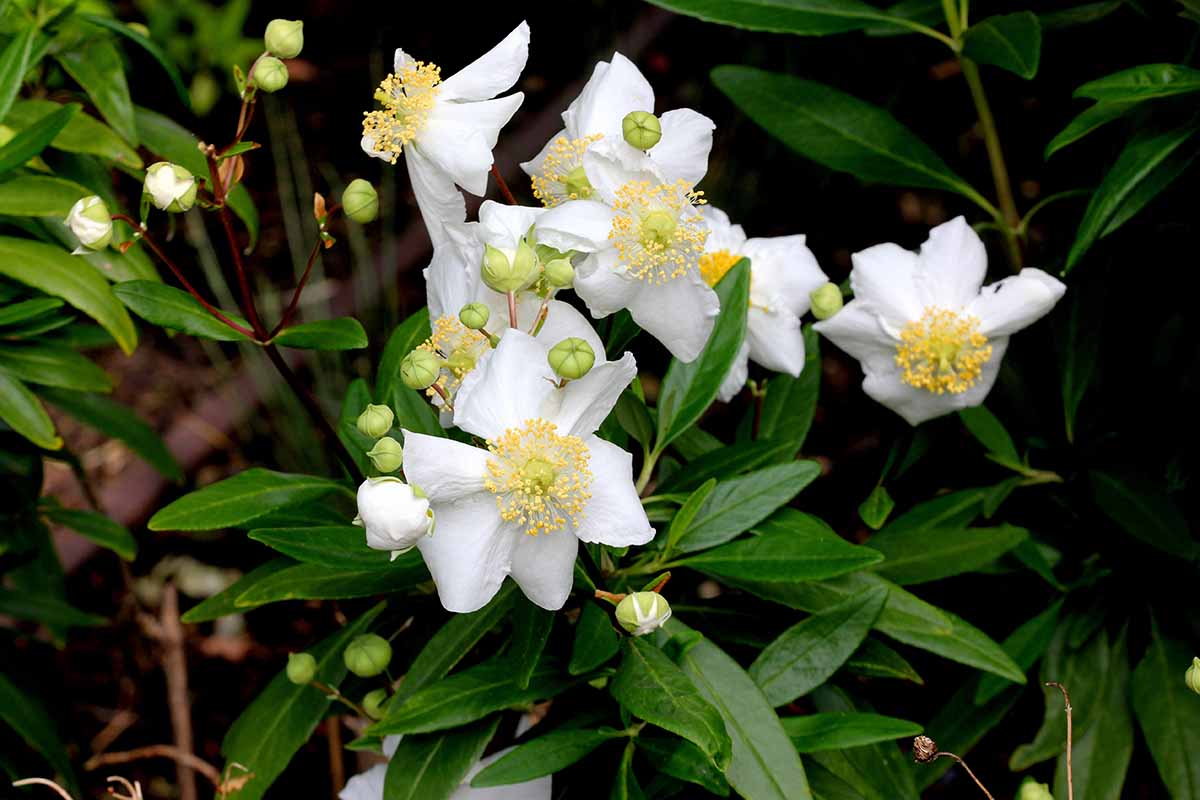
Another thing this shrub needs is shelter from strong winds. Placing these plants near structures is one way to do it. Another would be providing natural windbreaks nearby, such as screens, hedges, or a line of conifers.
Water and Fertilizer Needs
Bush anemones are drought-tolerant, so these plants don’t need a ton of water once they’re established. For optimal flowering, however, you’ll want to deeply irrigate whenever the top couple inches of the soil dry out.
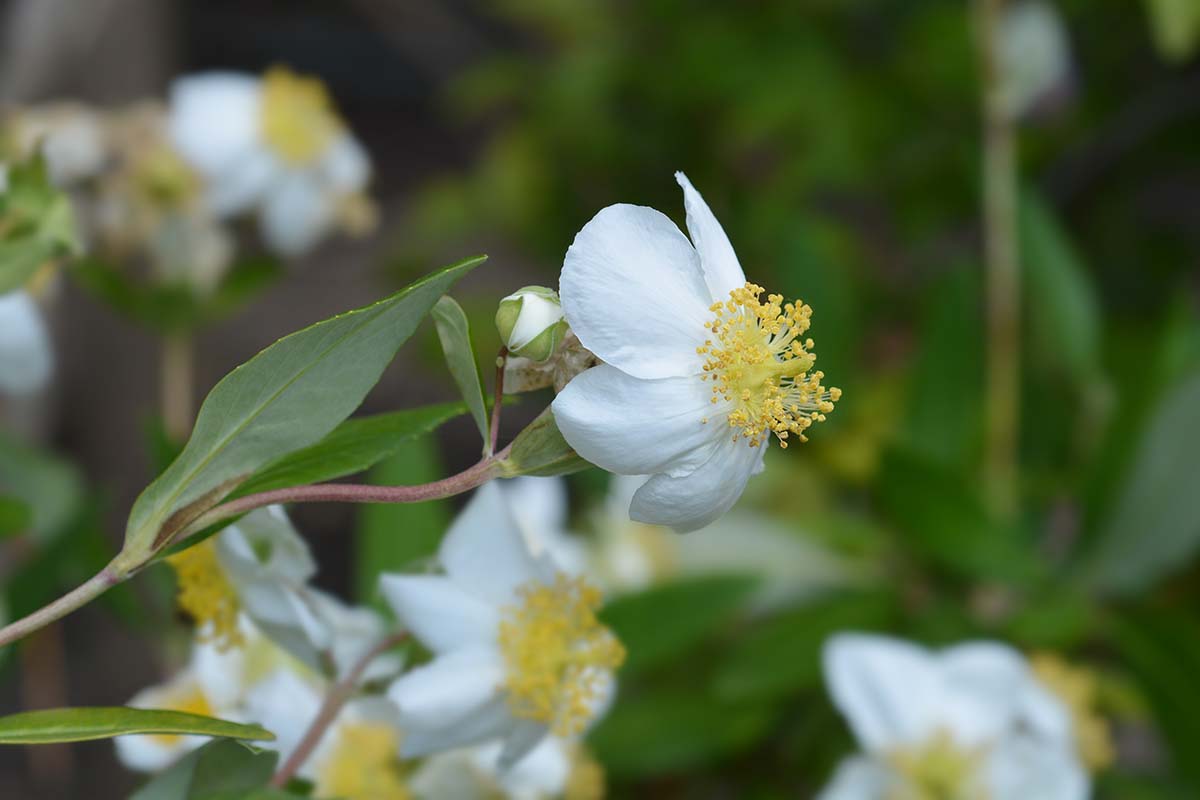
Overhead watering can cause fungal issues on the leaves, so be sure to directly water the root zone, rather than showering the foliage like it’s the star of a Dove body wash commercial.
Supplemental fertilizer is not necessary for these plants if they’re put in soils similar to those of their native growing sites, such as ridges of light and dry granite.
If that’s not the case in your garden, then adding fertilizer meant for flowering shrubs right before the arrival of springtime is a good idea.
Scotts Evergreen, Flowering Tree, and Shrub Fertilizer
Scotts has a solid product for the job, available via Amazon.
Growing Tips
- Both full sun and partial shade exposures are sufficient.
- Provide well-draining soil with a pH range of 6.0 to 8.0.
- Deeply irrigate this plant whenever the top two inches of soil are dry.
Pruning and Maintenance
The growing habit of this plant can get a little floppy and sprawling, so supplemental pruning and tip pinching are usually necessary to keep it looking trim and attractive.
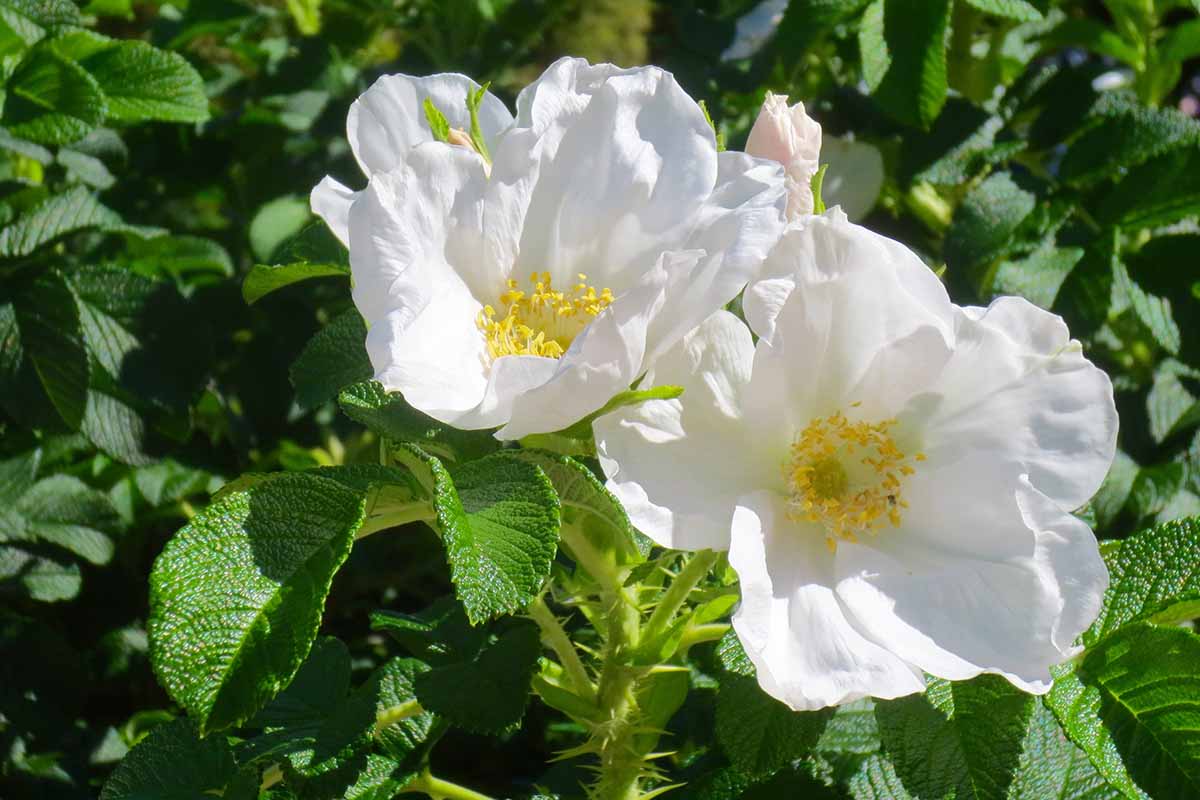
C. californica produces suckers that aid in the plant’s spread, so if you want your bush anemones to stay contained within a particular area, snip them off when you see them.
In addition, these plants are not self-cleaning, so old blooms will have to be removed by hand to keep up aesthetics. See our guide to deadheading for tips.
Cultivars to Select
The standard C. californica is like a Snickers bar: it’s delectable, satisfying, and smells incredible. But at times, a full-sized Snickers is too big. Sometimes, we just want something fun-sized.
Enter the ‘Elizabeth’ cultivar. It’s a smaller version of a regular bush anemone, growing four to six feet tall and three to four feet wide. In addition, its flowers are smaller than normal, but they bloom in greater numbers per stem.
This cultivar has its own origin story. Wayne Roderick, a renowned plantsman of the Bay Area, discovered a variety “so different that it stood out far beyond the rest.”
Named after botanist Elizabeth McClintock, the ‘Elizabeth’ cultivar has since become the go-to compact variety of bush anemone in the landscaping industry.
‘Elizabeth’ plants are available from Nature Hills Nursery.
Managing Pests and Disease
Luckily, C. californica is resistant to deer. But there are definitely some pests and diseases to keep an eye out for. And just like with any plant, keeping your bush anemone healthy is a great way to prevent infestation and infection.
Insects
In addition to the damage they already cause, insects can also be vectors for disease – all the more reason to keep plants pest-free.
Aphids
These translucent, green, soft-bodied insects feed on plant sap, which reduces plant health and results in distorted, curled leaves.
They also secrete honeydew as they feed, which results in black sooty mold and can leave plants prone to further disease. Not good at all.
To stay on top of outbreaks, regularly inspect the plant tissues for aphids. When an infestation is discovered, forceful sprays of water should be enough to blast the aphids off the plant.
Another form of control – as well as prevention – is to spray your bush anemones with horticultural oil, which will smother the pests.
You can find Monterey Horticultural Oil available at Arbico Organics.
Pit Scale
The pit scales that tend to attack bush anemones are white to brown insects an eighth of an inch in length, and they’re bad news whenever they show up. Symptoms of an infestation include twig thickening, distorted shoots, and even shoot death.
Luckily, they don’t show up all that often… but unfortunately, there’s no known form of effective management.
Disease
Many diseases can be prevented with sanitary gardening practices. Such techniques include using sterile tools, disease-free soil, and clean seeds.
Leaf spot can be prevented by avoiding overhead irrigation and directly watering the root zone, while root rot can be avoided by always ensuring that your bush anemone is sitting in well-draining soil.
Leaf Spot
Symptoms of leaf spot are… well, leaf spots. Specifically, the spots are darkened, and they interfere with photosynthesis. The spots can grow and merge over time, which exacerbates the problem, and can cause leaf chlorosis and premature leaf drop.
These can be fungal or bacterial in nature. Fungicides will work as a preventative measure, especially for high-value plantings. Infections are common in moist, humid conditions or cases of overwatering, particularly when watering from overhead.
Prune any infected leaves and rake up any fallen leaf detritus, making sure to destroy it all in order to prevent further spread. If the plant is too far gone, then removing, destroying, and replacing it with a clean specimen is all you can do.
Root Rot
Another disease that’s often the result of water remaining on plant tissues for too long, root rot can happen either because of overwatering, or because plants are growing in soil that doesn’t drain well enough.
When the soil becomes waterlogged, the roots can’t get enough air and begin to decay, negatively affecting shoot health above the soil.
Digging up the plant, cutting off rotted roots, and replanting can sometimes be enough to restore health. But if digging it up is a logistical nightmare, or if the plant is just too far gone, then disposing of the rotted out plant and starting over is all you can do.
For the next time, avoid overhead watering and/or provide better-draining soil.
Best Uses
Its fragrant flowers are enough to make C. californica a worthy specimen, especially among groups of conifers and oaks. When paired with the latter, this plant will be safe from oak root fungus, thanks to its resistance to that particular pathogen.
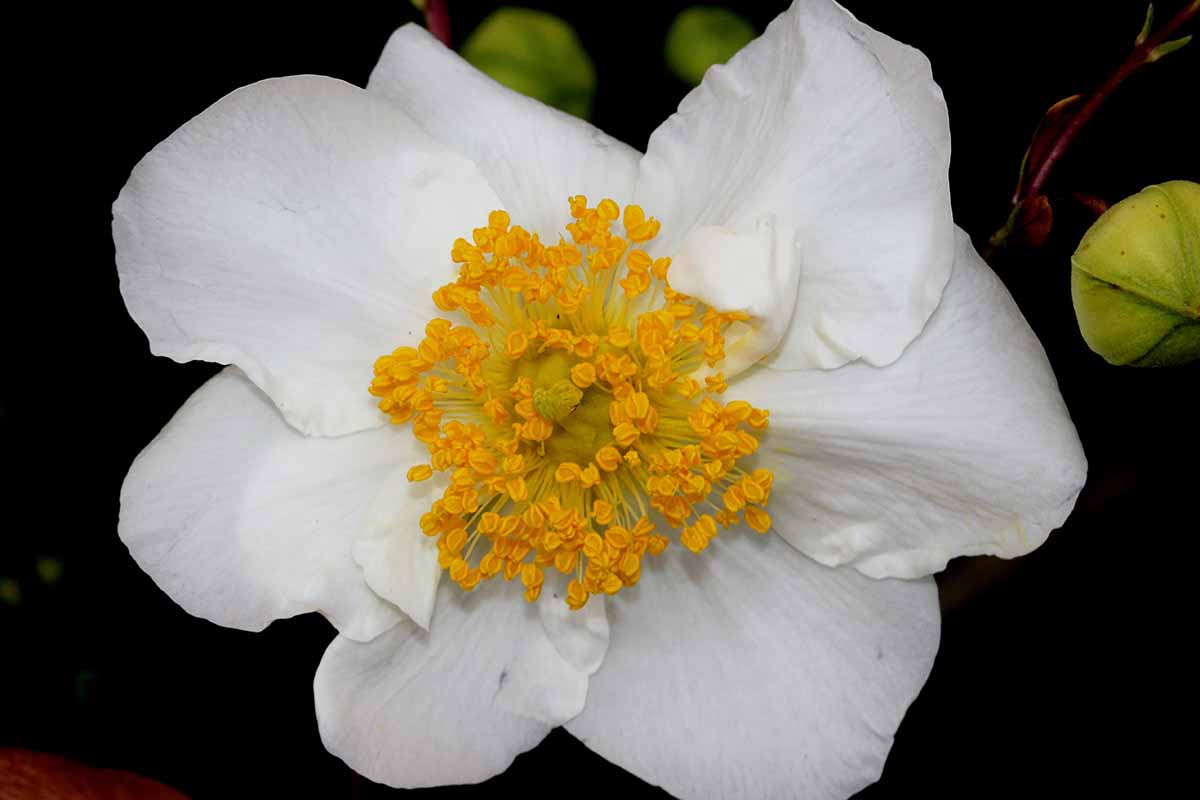
The bush anemone’s ability to sucker out makes it an ideal plant for growing in clumps or as borders. In addition, planting these beside walls and fences gives them an attractive backdrop, while also satisfying their requirement for shelter.
Plus, as a shrub endemic to the Golden State, placing the bush anemone in a California natives garden is a beautiful way to show off some state pride.
Quick Reference Growing Guide
| Plant Type: | Evergreen woody flowering shrub | Flower / Foliage Color: | White and yellow/dark green with whitish undersides |
| Native to: | California | Maintenance | Low |
| Hardiness (USDA Zone): | 8-9 | Tolerance: | Deer, drought, oak root fungus, wildfire |
| Bloom Time: | Summer | Soil Type: | Average |
| Exposure: | Full sun, part shade | Soil pH: | 6.0-8.0 |
| Spacing: | 6-8 feet | Soil Drainage: | Well-draining |
| Planting Depth: | Surface (seeds), depth of root system (transplants) | Attracts: | Bees, birds, butterflies |
| Height: | 4-10 feet | Uses: | Border, fence/wall planting, grouping, native gardens, specimen |
| Spread: | 3-10 feet | Order: | Cornales |
| Water Needs: | Moderate | Family: | Hydrangeaceae |
| Growth Rate: | Moderate | Genus: | Carpenteria |
| Common Pests and Diseases: | Aphids, pit scale; foliar fungi, leaf spot, root rot | Species: | Californica |
Grow Bush Anemone and Fulfill Your Destiny
It’s a collect call from destiny. Do you accept the charges? Will you add this shrub to your landscape?
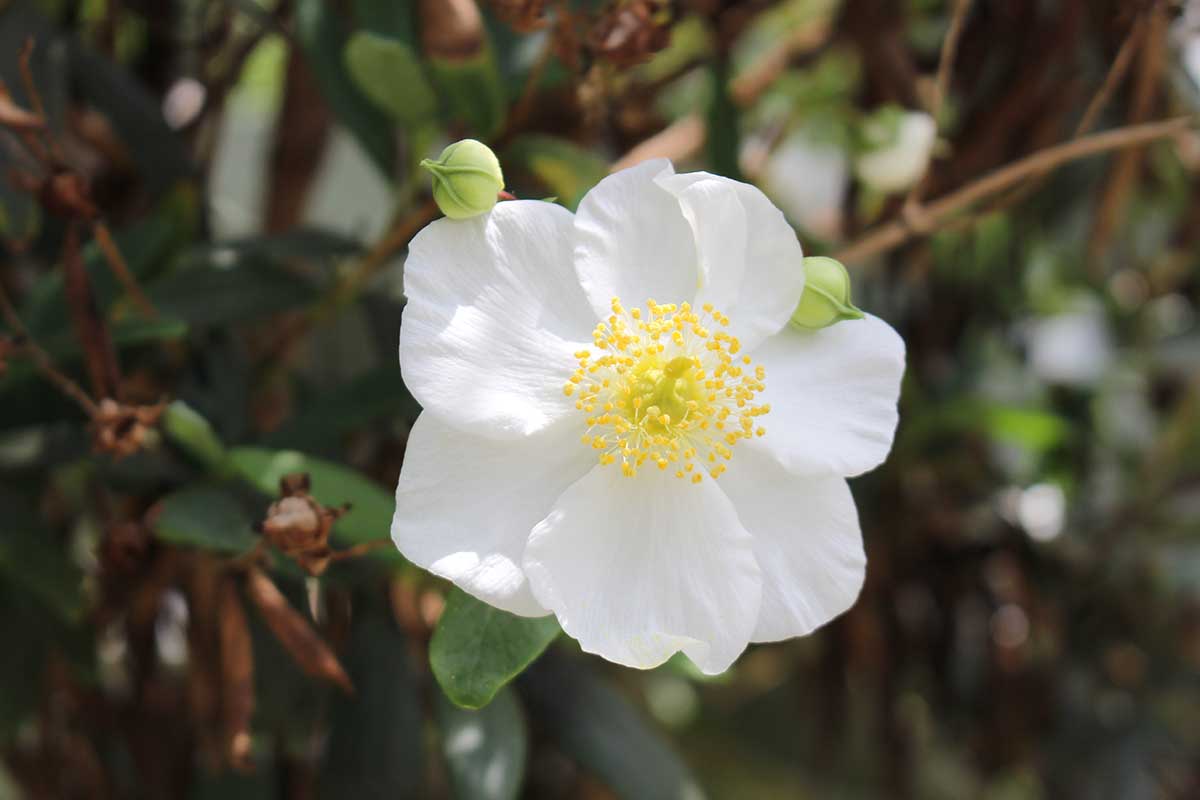
This plant can be a bit tricky to work with, at times. But there’s nothing wrong with making mistakes as you go along, it’s all part of the gardening process.
Provided you put in the work and never stop trying, I foresee beautiful bush anemones in all of your gardens… as long as you’re in the proper hardiness zone, that is.
Questions, concerns, comments? All of that and more can be put into the comments section below! I’ll answer what I can to the best of my ability.
And for more information about growing flowers in your garden, why not have a gander at these guides next:
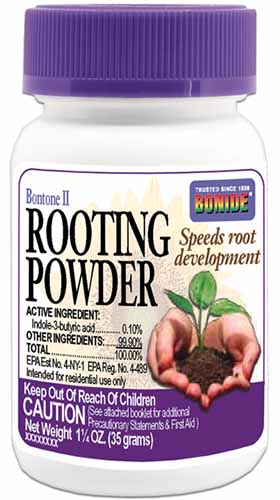
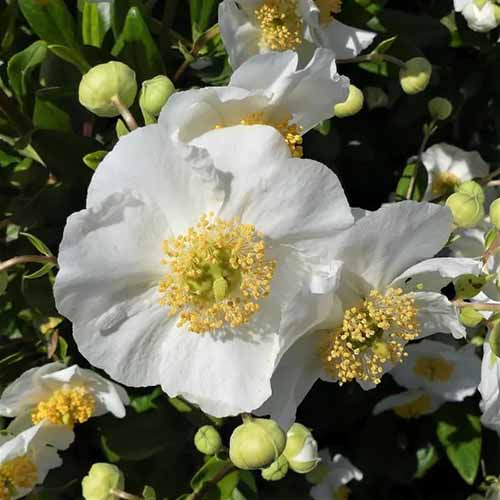
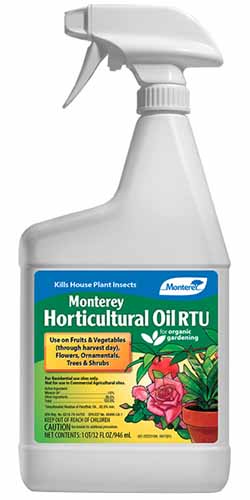
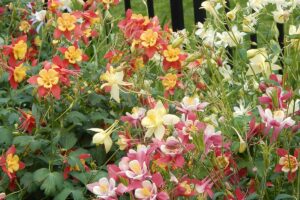
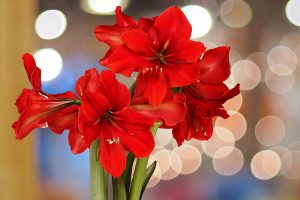
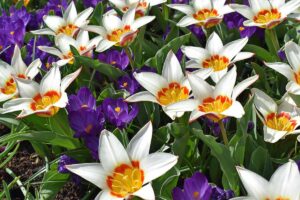
The bush anemone I planted last year finally bloomed for the first time and I was thrilled with so many beautiful flowers. Now the petals have dropped and green seed pods and yellow stamens remain. What next? Leave it alone? Or can I somehow harvest the seed pods and get seeds for propagation?
Hey there, Deb! I think you’re good to harvest the seeds of your own bush anemones, as the whole “don’t collect seeds from the wild” rule applies to actual wild specimens out in nature.
To collect the seeds, remove the seed pods once they turn brown and crispy. Alternatively, you can wrap thin gauza bags around each seed pod to catch the seeds when they’re naturally released.